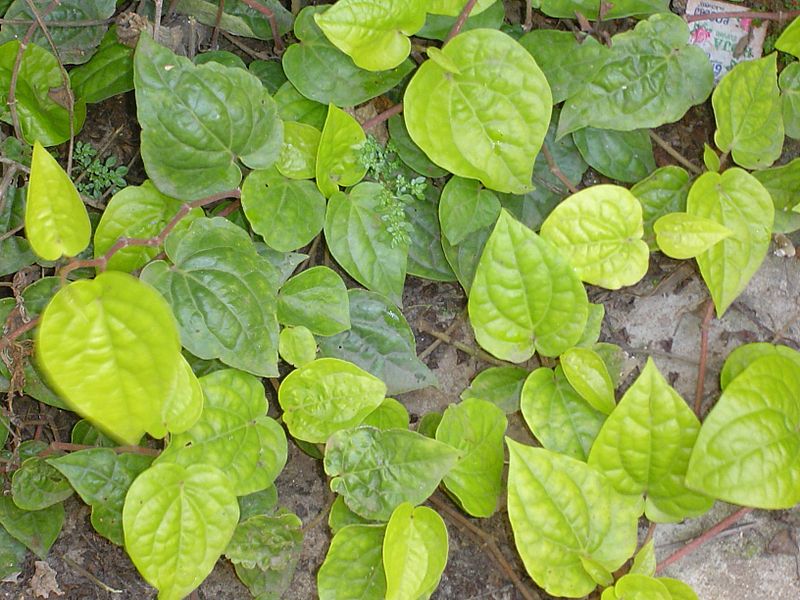[1] Barefoot Doctor's Manual- 1977 Prepared
by the Revolutionary Health Committee of Hunan Province. Original Chinese manual-
Victor W. Sidel. Originally published by Dr Joseph Quin and the Fogarty International
centre, Bethdesda (1974). Madrona Publishers Seattle Washington ISBN 0-914842-52-8
[1] Barefoot Doctor's Manual- 1977 Prepared by the Revolutionary Health Committee
of Hunan Province. Original Chinese manual- Victor W. Sidel. Originally published
by Dr Joseph Quin and the Fogarty International centre, Bethdesda (1974). Madrona
Publishers Seattle Washington ISBN 0-914842-52-8.
Images
1.
en.wikipedia.org
by CarolSpears Public Domain
2.
[1] 
 Piper
betle. 蒌
叶 Lóu yè,
Ching qu Betel pepper Family: Piperaceae
Piper
betle. 蒌
叶 Lóu yè,
Ching qu Betel pepper Family: Piperaceae
